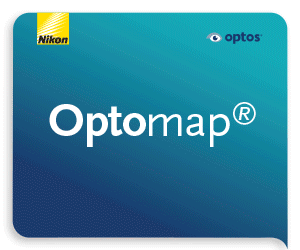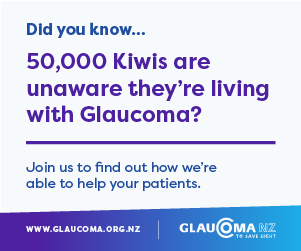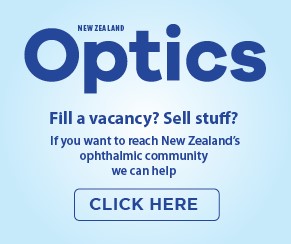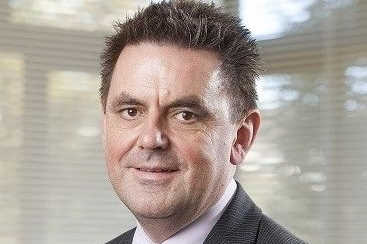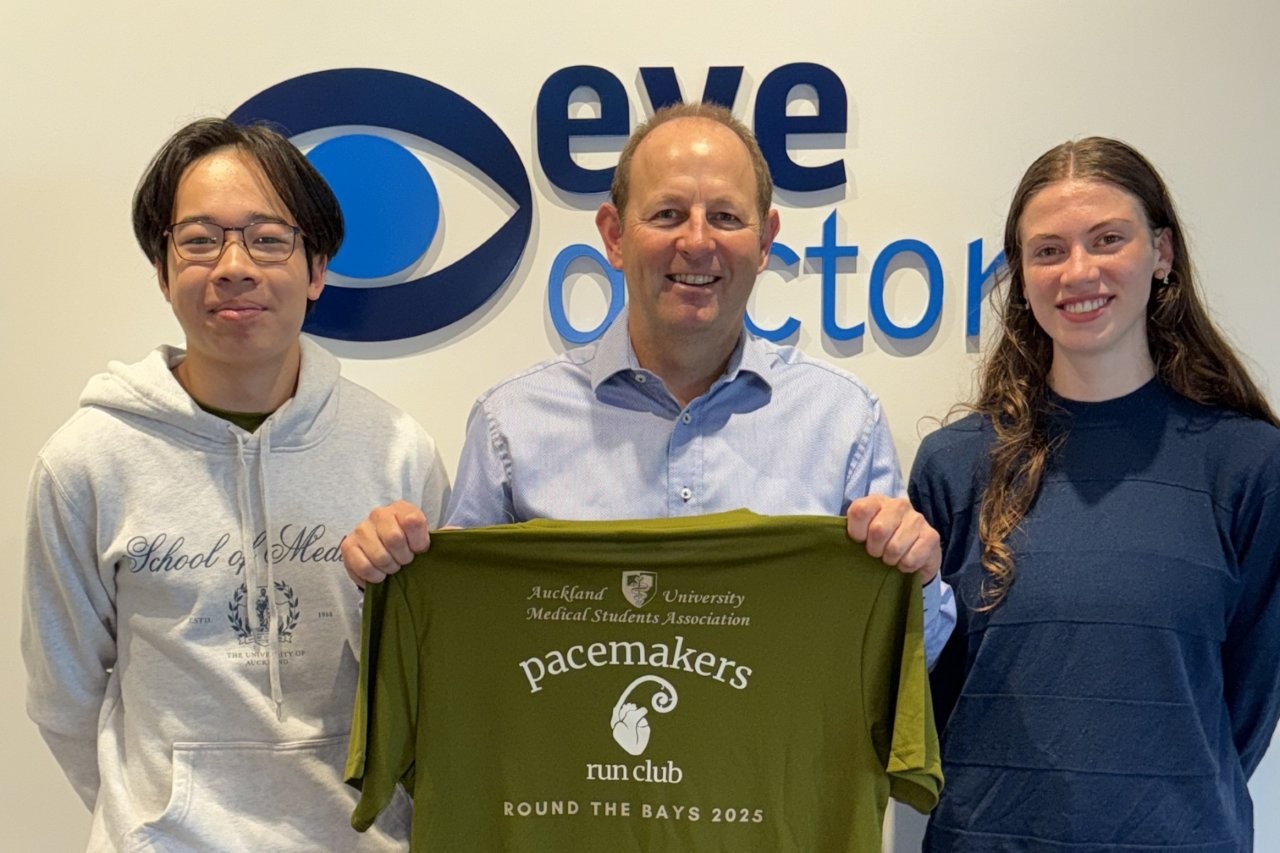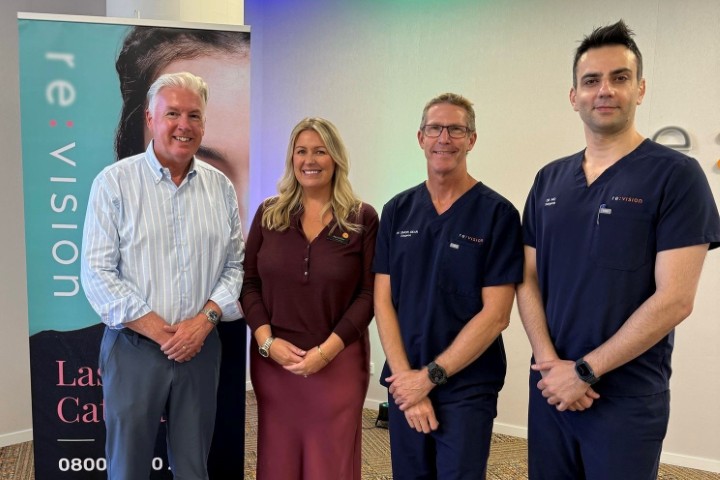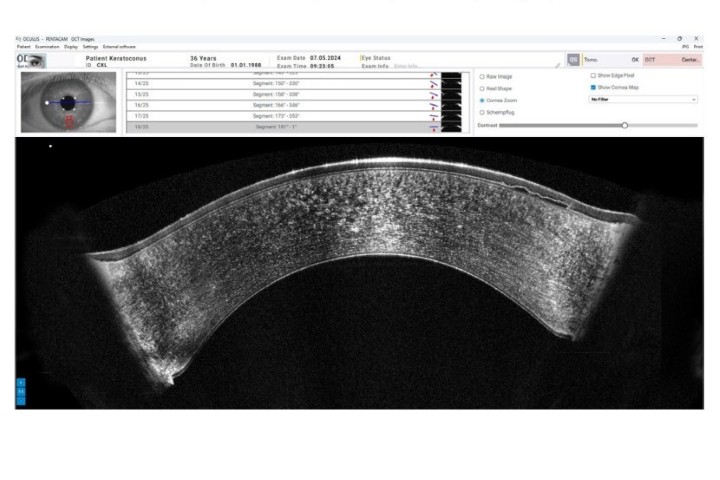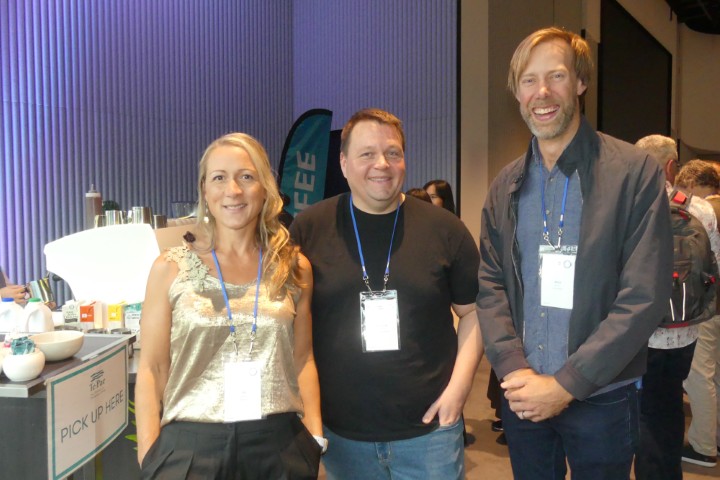DHB warns about blurring the lines
Southern District Health Board (SDHB) has issued a warning to all senior medical and dental officers to strictly adhere to public/private practice boundaries after unspecified ‘events in the department of ophthalmology’.
A letter titled Probity in maintaining the integrity of private and public practice was sent to SDHB clinicians late last year. The opening line read:
“Recent events have caused us concern that the boundary between what is private practice and that which is clinical activity funded by the Southern DHB can easily become blurred.
‘‘It is essential that there is scrupulous adherence to maintaining the boundary between the two, to protect those working across the system from challenges in terms of inappropriate utilisation of public resources.”
Medical staff were warned against using SDHB imaging or investigative services and SDHB facilities to care for private patients and of their duty to SDHB whilst on call. The letter, signed by SDHB chief executive Chris Fleming and SDHB chief medical officer Nigel Millar, came after a SDHB review of appropriate use of public health resources.
‘‘While this reminder was initiated by events in the department of ophthalmology there have been suggestions that practices may exist in other services, so this letter is a timely reminder to all to ensure vigilance in our practices,” it read.
“We would acknowledge that there were a number of historical actions taken by both clinicians and managers alike which perhaps contributed to a degree of blurring between public and private, and we also acknowledge the openness that the ophthalmologists showed in wishing to address these issues.”
Questioned by NZ Optics on his ‘events in the ophthalmology department’ statement, Fleming said, “Through discussions with our teams we learnt that, in some areas, our policies and procedures, along with expectations, had evolved over time and were unclear. We continually seek to improve our policies and procedures in order to be better in all that we do, and this communication is part of that journey.”






